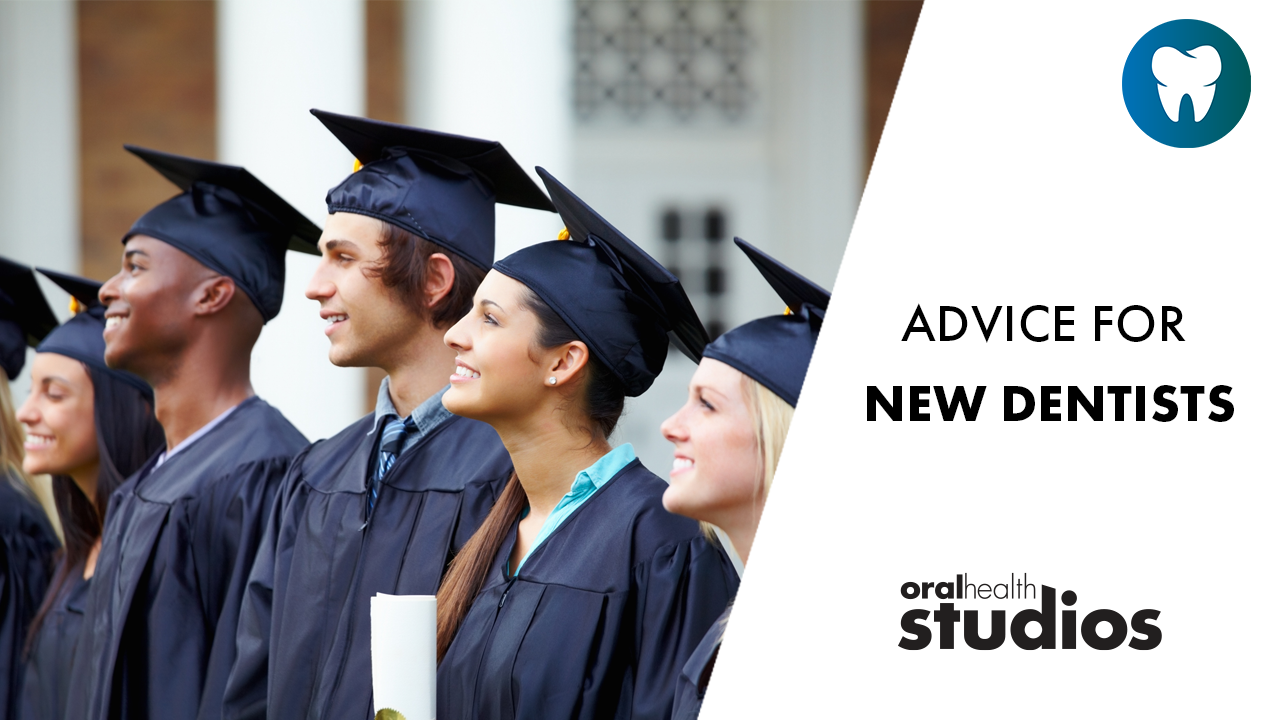As a Diplomate of the American Board of Dental Sleep Medicine, I’m always happy to see journal articles on the above subject; however I must take issue with a number of points mentioned. I feel that the choice of appliance design that the author uses is less than ideal. While I am sure that in her hands, she gets good results, I don’t think that a neophyte dentist should be utilizing this design or emulating her treatment protocol.
An ideal oral appliance (OA) to treat Sleep Disordered Breathing (SDB) should be adjustable for the following reasons. The original degree of protrusion upon insertion may not be sufficient to open the airway and relieve symptoms. As well, during follow up polysomnogram to determine appliance efficacy, an adjustable appliance can be titrated to improve results. Over time, the patient’s airway may change and require appliance adjustment. Weight loss can allow an adjustment for less protrusion, while weight gain and/or loss of muscle tone associated with age or hormone changes can require more protrusion. Temporary adjustment can also be required because of nasal congestion due allergies, head colds or pregnancy. A one-piece appliance would not allow for any of these accommodations and to remake the appliance each time an adjustment is needed is impractical. A fixed OA doesn’t allow for any lateral movement of the TMJ which is less comfortable for the patient and can lead to muscle and joint discomfort as well as permanent changes in occlusion. While it is true that an adjustable OA may be more prone to breakage, with proper appliance selection, these breakages can be avoided or easily repaired.
I also disagree with a number of other points:
The American Academy of Sleep Medicine Practice Parameters for Oral Appliance Therapy states that OA can be used for severe Obstructive Sleep Apnea (OSA) if CPAP is not an option.
While advanced periodontal disease is a partial contraindication for OAT, if CPAP is not an option, I suggest that the above dental condition can be carefully monitored if it means treating a medical condition, which leads to increased mortality and morbidity.
While a history of TMJ disorders should be noted, as long as there is no active TMD, there is no contraindication to OA use.
I understand that some practitioners (especially orthodontists) utilize lateral cephalograms, but its value is debatable, especially since most cephalograms are taken on patients who are awake in the vertical position, and practitioners who have no access to this equipment shouldn’t be discouraged.
I don’t feel that bite registrations with wax or PVS to record protrusion are that accurate and in any case, 80% protrusion may be too much. More accuracy can be obtained with a George Gauge or a Gothic Arch Tracer.
I would suggest that patients be informed of possible side effects of treatment BEFORE the appliance is fabricated, and not at the insertion visit.
If no improvements are noted, an adjustable OA can readily be altered rather than be remade as would be the case with a non-adjustable OA.
Les Priemer, DDS
Toronto, ON









